Park Hours
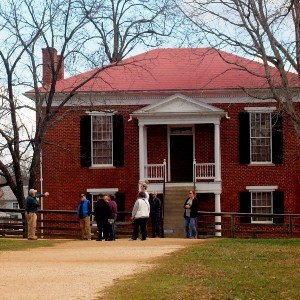
NPS/McGaha Visitor Center - Appomattox CourthouseStart your visit here at the reconstructed Appomatttox Courthouse building, which houses the park's visitor center. The original courthouse burned down in 1892 and was rebuilt in 1964 as the visitor center. Ask the staff here to help you plan your park visit, pick up brochures on local attractions and key Civil War subjects, learn more in the park's exhibits, and watch the park's 17-minute orientation film, "With Malice Toward None." 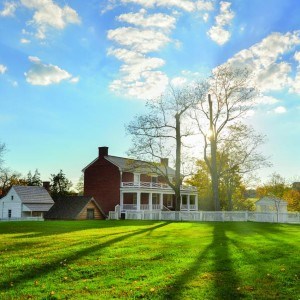
NPS/Sanchez McLean HouseGeneral Robert E. Lee surrendered the Army of Northern Virginia to General Ulysses S. Grant in the McLean House parlor on April 9, 1865. This event marked the beginning of the end of the Civil War. 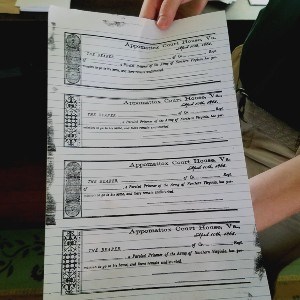
NPS/Hindsley Parole Pass PrintingThe terms of the surrender allowed Confederate soldiers to be paroled and return home, instead of prison. During their April 10 meeting, Grant and Lee agreed that each Confederate would receive an individual parole pass certifying that the men would not take up arms against the United States. Per Grant's instructions, these passes could aid the former Confederates during their journey home, allowing them to use federal transportation (ships and trains where available) and to draw food and supplies from federally controlled stations in the South. Approximately 30,000 blank passes were printed at the Clover Hill Tavern in just 26 hours. After the Confederates surrendered their military equipment, they were eligible to receive the pass. Some higher ranking Confederates were paroled by Federal officers, but most passes were signed by Confederate officers for the men in their commands. 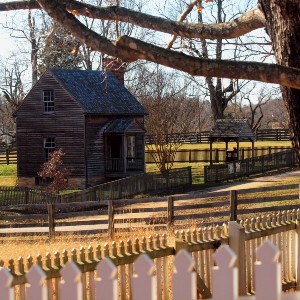
NPS/McGaha East End of the VillageThe eastern portion of the village includes the Kelley/Robinson house, signs to mark the Confederate Stacking of Arms, and the location where Lee and Grant met again on April 10. A ranger is stationed at the East End of the village on most weekends during the summer to share these stories, including the life of John Robinson, who helped found the first African American church in Appomattox after he was emancipated. Visitors can also learn about the second meeting between Grant and Lee on April 10, 1865 and the Gordon/Chamberlain salute that started the formal surrender of Confederate infantry arms and flags on April 12, 1865. 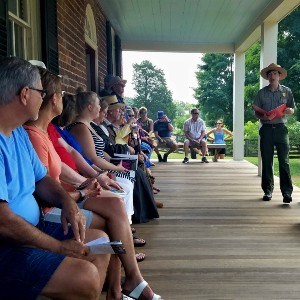
NPS/Hindsley Guided ProgramsDuring the warmer season, the park offers multiple daily guided talks provided by park ranger staff and living history staff, who portray individuals present in the village in 1865. All programs explore the surrender of the Army of Northern Virginia, whether through the lens of modern day historical understanding or through the perspective of a person who lived through the experience. Join a guided program to dig deeper into the park's stories and ask pressing questions! |
Last updated: December 18, 2025
